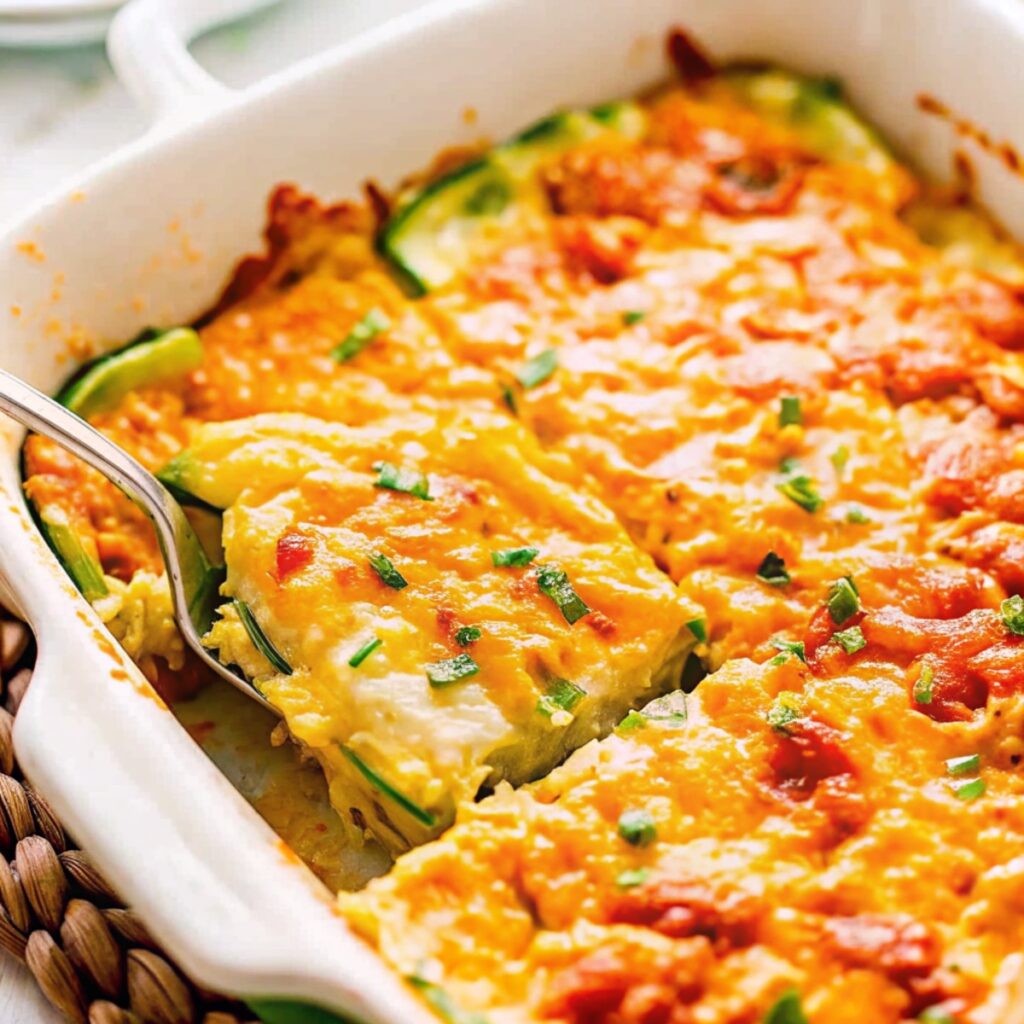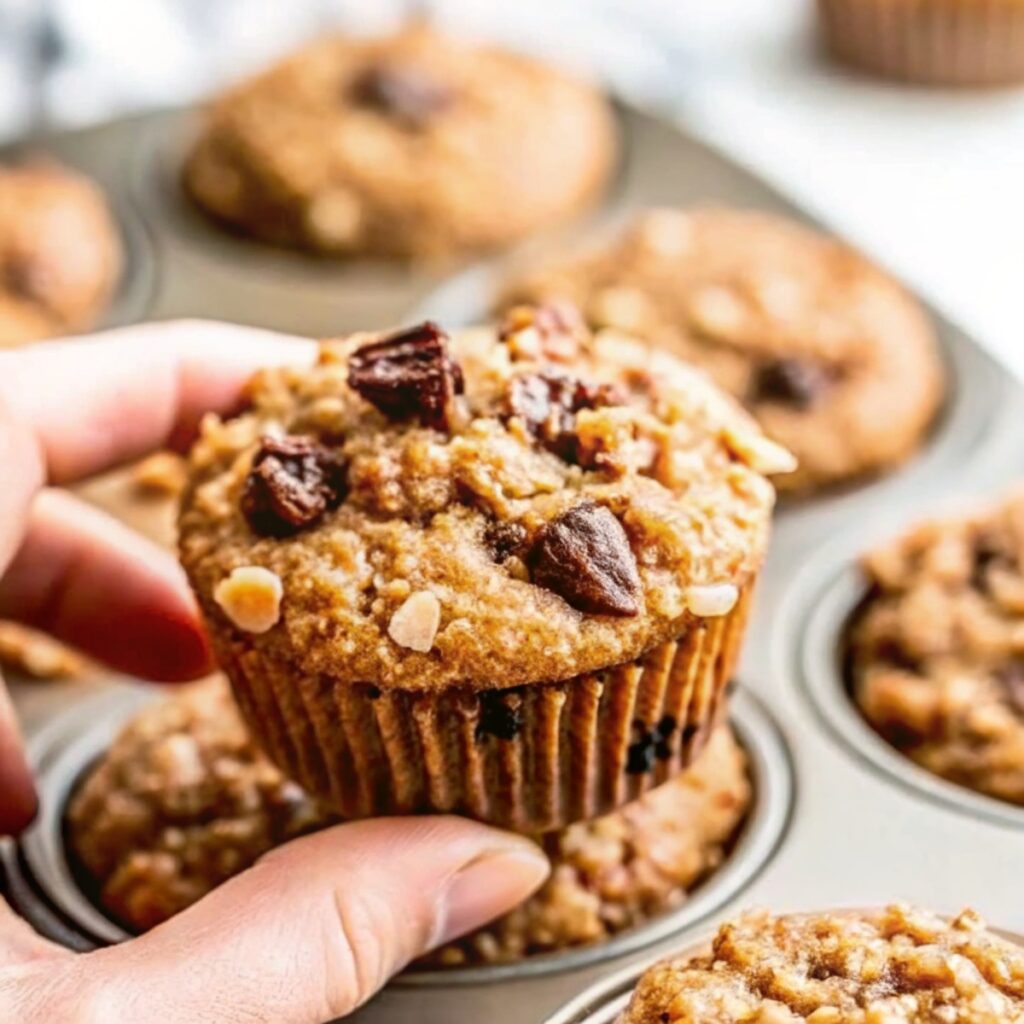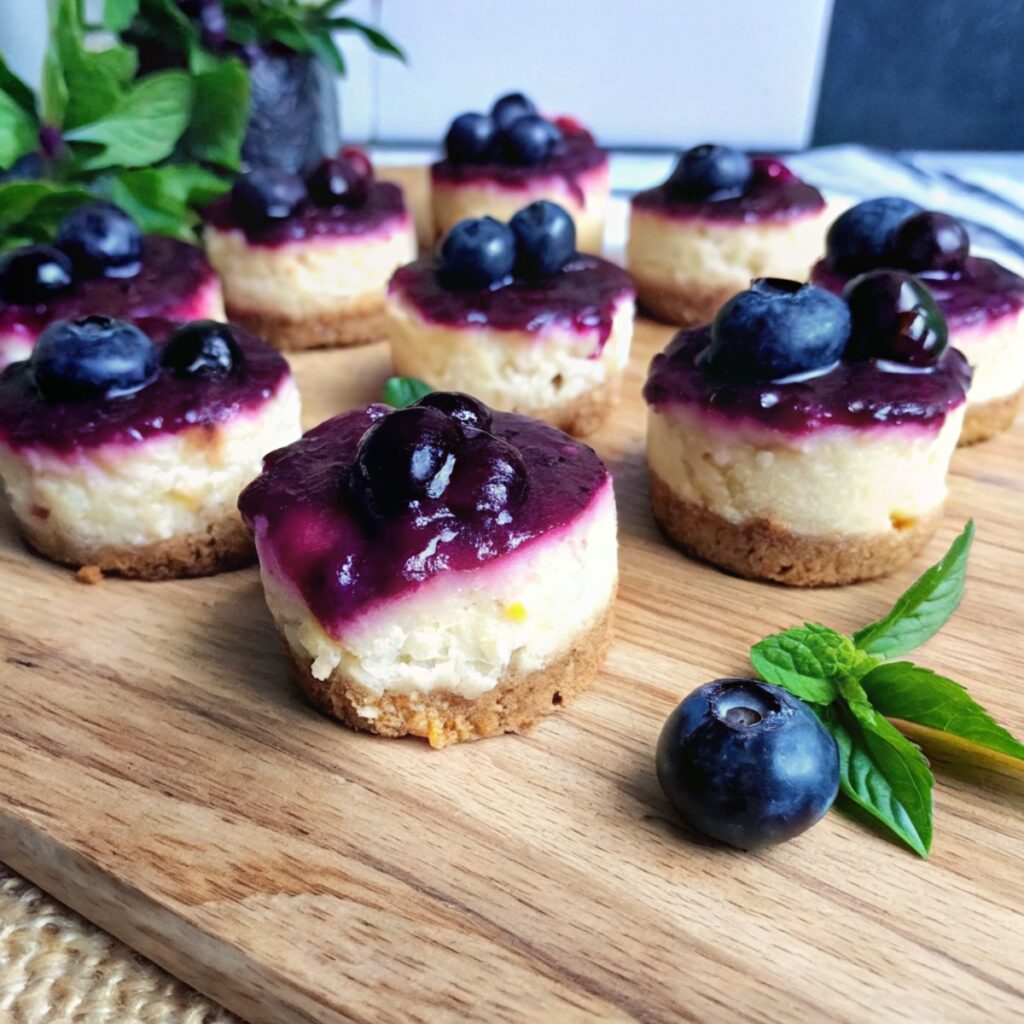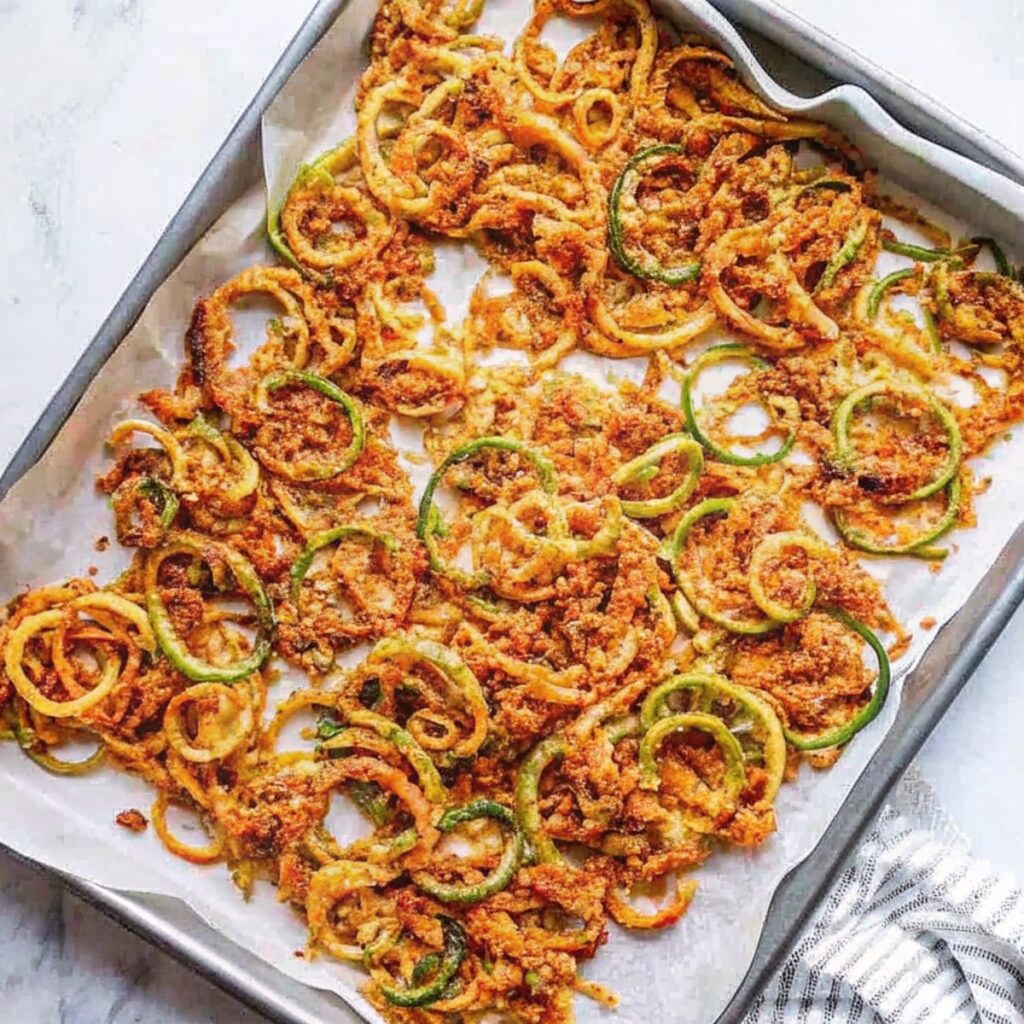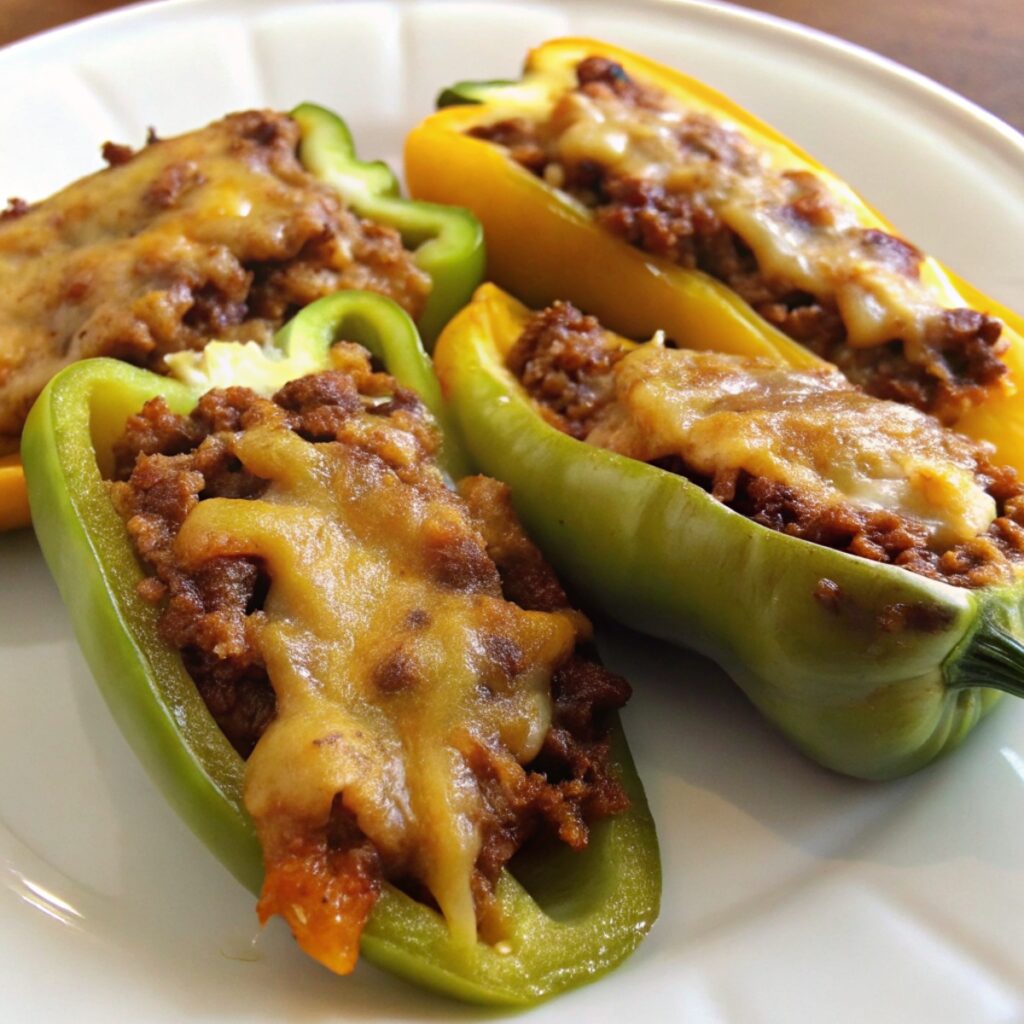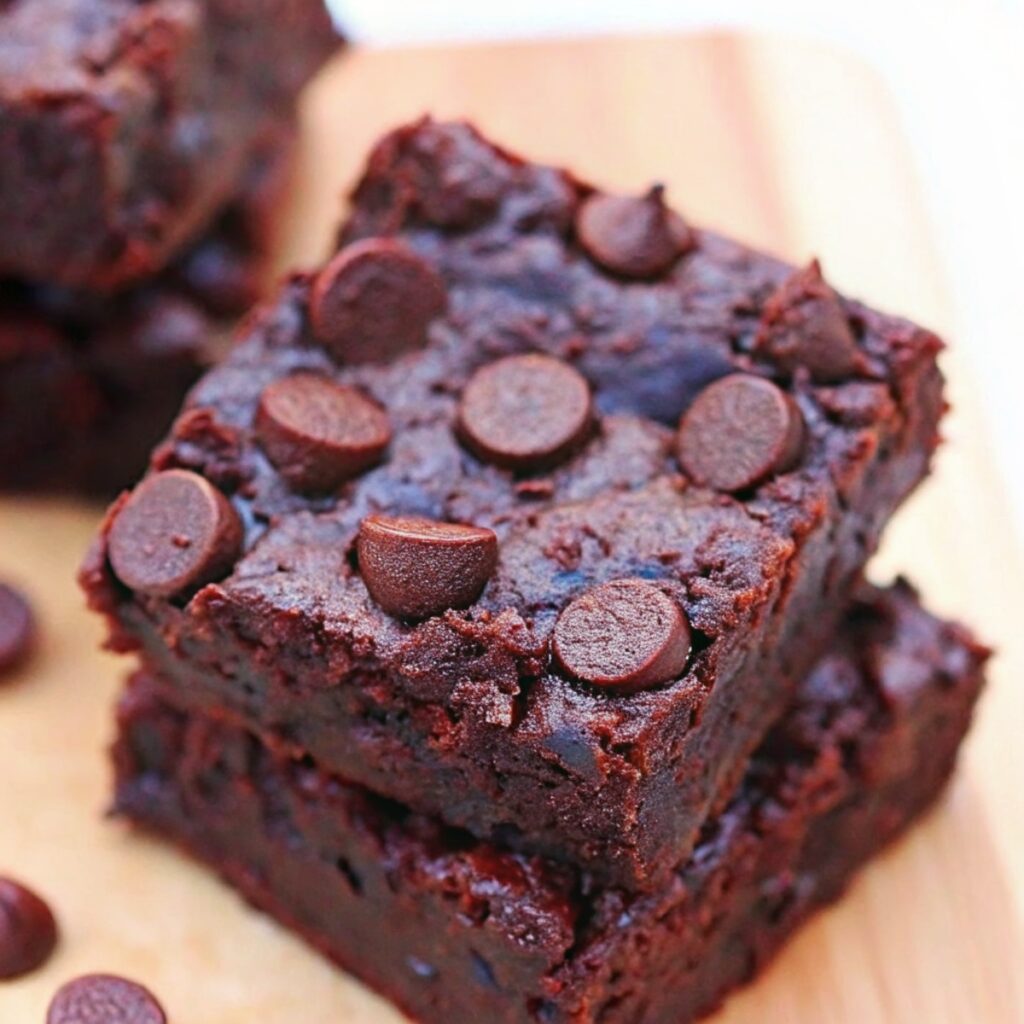Warning! This post contains material that may be harmful to the gluten-free.
Bread. It’s the chewy, crusty, essence of life – an ancient and timeless staple. When we make bread, it puts some part of us in touch with those countless generations that came before us. After all, entire civilizations have been fed by and built upon bread.
What I like about this bread recipe is the simple, rustic preparation. It just feels, smells and tastes so natural. It’s also easy and satisfying to make, requiring just a cast-iron pot, a few basic ingredients, and an oven.
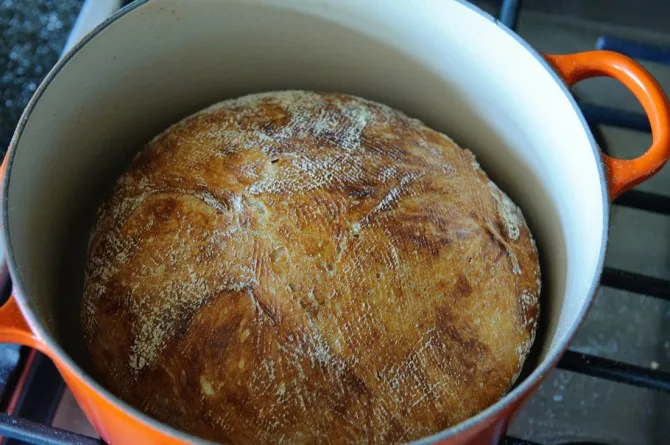
It helps to understand what bread actually is and how simple it really is. Bread consists of four basics:
THE FLOUR: Use bread flour. It’s made from hard spring wheat which contains more gluten and better forms the desirable elastic network of gluten. All purpose flour works, but it won’t be quite as reliable.
THE YEAST: Yeast is the key to everything. It feeds on the sugars in flour and produces gas, making the bread dough rise.
THE SALT: Salt is added to control the rising action and ensure the bread will cook evenly. It also brings out the natural flavor of the bread.
THE WATER: Cool water is added to bind everything together, start the yeast and create moisture.
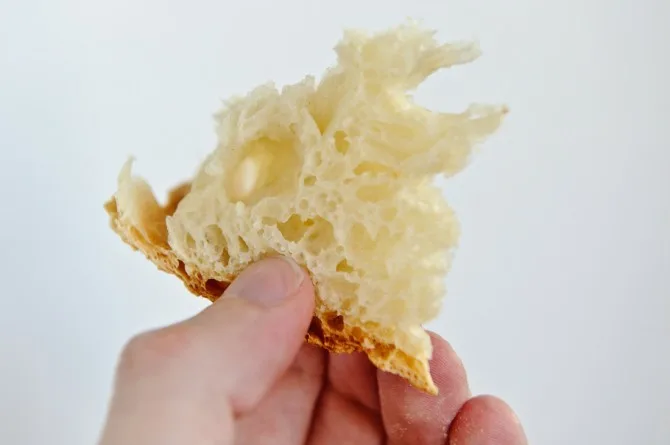
Good bread should be simple and naturally delicious. It should have a mild yeasty aroma, crispy crust and chewy inside. The network of gluten strands should be visible throughout the loaf.
Here’s another loaf I baked, this time using cornmeal instead of flour to dust:
———–
When it comes to baking bread at home, I think no one does it better than Jim Lahey, author of My Bread. I first heard of this book while reading Jorge Garcia’s blog Dispatches from the Island (written at the time he was portraying Hugo Reyes on LOST.) Jorge seems to be an accomplished cook and mentioned that he loved the book. He posted some pictures of his endeavors. The bread on his blog looked so good. The book then came up on twitter, where I saw it was highly recommended. I decided it was time to check out Mr. Lahey’s bread book for myself. I got a copy, made the bread and haven’t looked back. This is the way to make bread.
Note the recipe is started a day beforehand. You will need a ~5 quart cast-iron pot with a lid. I use a Le Creuset 5.5 quart French Oven. I had to make an interesting modification and remove the plastic knob (the oven will be too hot for it) and replace the screw to plug the hole. This only takes 30 seconds, so I don’t mind it at all.
Staub pots and other brands work just fine, too, as long as they have a heavy iron construction and lid. Iron ovens are great for a lot of things, so if you don’t have one, consider this your (good) excuse to pick one up.
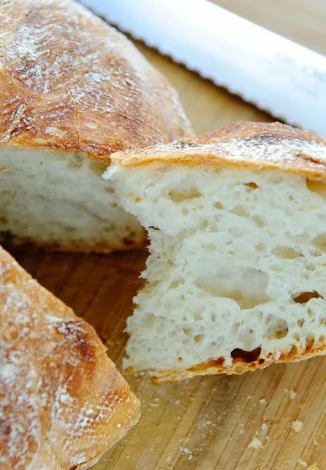
We make good use of this bread, serving it with homemade aioli, butter, oil and balsamic vinegar, stews, soups or cut it into croutons for homemade french onion soup.
The sign of good bread is this elastic, gluten-rich network going which will look like this as you handle the dough after the first rise. It should stretch into long strands but not be completely impossible to remove from the bowl (if it’s completely unmanageable, you’ve put too much water in)
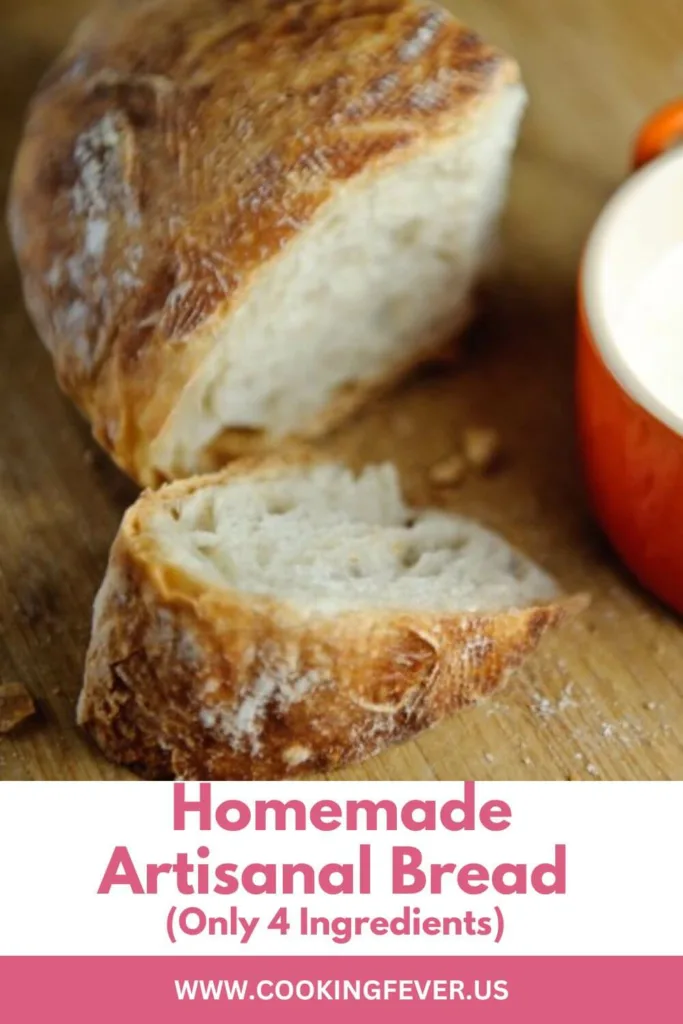
Homemade Artisanal Bread
Ingredients
- 3 cups bread flour
- 1/4 teaspoon active dry yeast
- 1 1/4 teaspoons salt
- 1 1/3 cups cool water
- Flour bran or cornmeal for dusting
Instructions
- Mix together the flour, salt and yeast in a medium mixing bowl. Add the cool water and mix everything together until it is a sticky glob. If it’s not very sticky, add a couple of tablespoons of water and mix until it’s very sticky.
- Loosely cover the bowl with plastic wrap and let it sit at room temperature for 12-24 hours or until doubled in size.
- When the dough is dotted with bubbles and risen, carefully remove it from the bowl onto a floured surface. Lift and fold the edges of the pancake in to make a ball with the seam on top.
- Dust a cotton towel generously with flour or bran and place the ball of dough in the towel, seam side down. Dust the top of the ball with flour or bran. Fold the towel over the ball so it is covered and let sit again for 1-2 hours until doubled in size.
- About half an hour before the bread has risen, heat the oven to 475 degrees f. Place a ~5 quart cast iron pot, with the lid on, in the oven while heating. (Remember to remove any plastic or melt-able parts.)
- Use potholders to remove the hot pot and open the lid. Invert the ball of dough from the towel gently into the iron pot so the seam side is up again. It will look like an unsightly blob, but that’s ok. It will even out as it bakes.
- Cover the pot, throw it back in the oven for 30 minutes. Remove the lid and bake for another 15-30 minutes until deep brown but not burned.
- Carefully remove loaf of bread from the pot and cool on a rack for at least one hour. The bread will pop and crackle as it cools and should have a thin, crispy crust.
